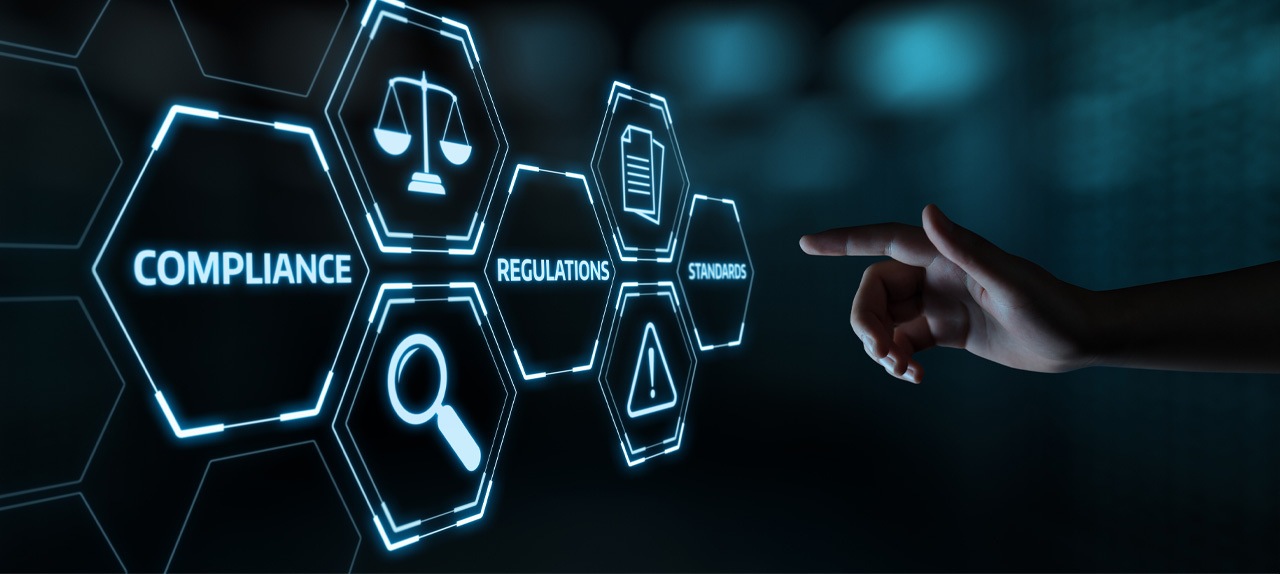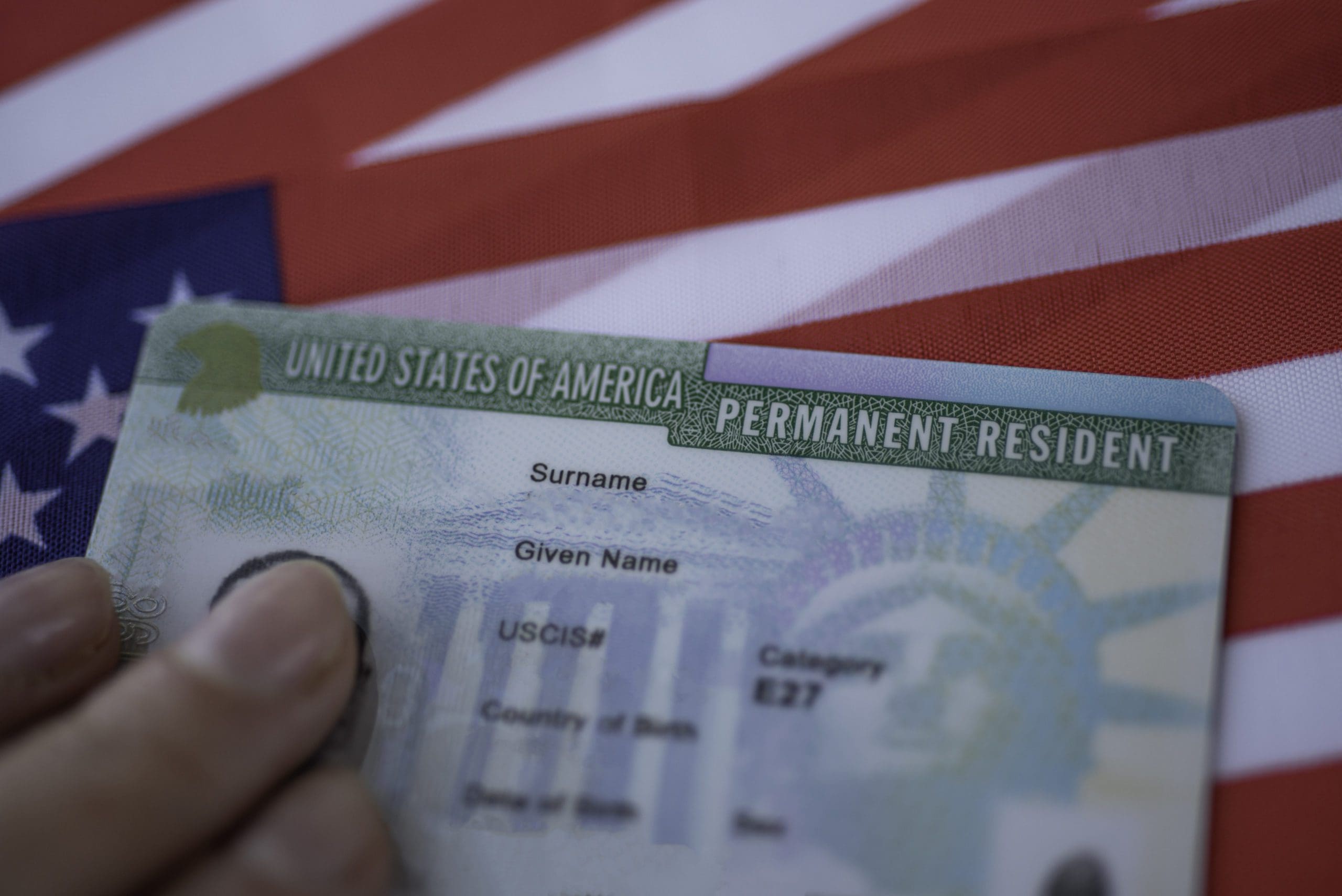The global immigration landscape has entered a new era with the integration of artificial intelligence into visa processing. In 2026, governments are deploying advanced AI tools to automate large portions of application reviews, from verifying personal information to cross-checking global security databases. This shift is reducing processing times dramatically, transforming what once took months into weeks or even days. For applicants, this means faster results, but it also requires greater accuracy when submitting documentation. Errors or inconsistencies are flagged instantly by AI algorithms, leaving little room for oversight. AI has also strengthened fraud detection, making it far harder for fraudulent applications to slip through the cracks. Governments are using machine learning to analyze patterns and detect anomalies in applicant histories, employment records, or travel movements. These systems continuously learn from new data, making them smarter and more reliable over time. For genuine applicants, this brings both security and peace of mind, as the integrity of the system is better protected. However, it also means applicants need to be meticulous in providing authentic, verifiable information.
Visa consultancies and immigration service providers are adapting to this change by introducing their own AI-driven tools. These tools help clients pre-screen their profiles, optimize documentation, and ensure compliance with new digital standards. Many firms are now offering “AI-readiness audits,” which simulate how government systems might process an application. This proactive approach reduces the risk of delays or rejections, creating smoother experiences for applicants. Another major benefit of AI-driven immigration systems is transparency. Applicants can now track their application in real-time, receive predictive timelines, and get automated updates through government portals. This visibility reduces uncertainty and anxiety for migrants who previously had to wait in the dark for months. The transparency, however, also comes with stricter accountability—applicants must be prepared to justify any discrepancies flagged by AI systems. While AI is revolutionizing immigration, it is not without challenges. Concerns over data privacy, algorithmic bias, and over-reliance on technology remain key debates in 2026. Governments and watchdogs must balance efficiency with fairness, ensuring that human oversight still plays a role in decision-making. For applicants, the message is clear: accuracy, authenticity, and preparation have never been more important in navigating the digital immigration era.


































